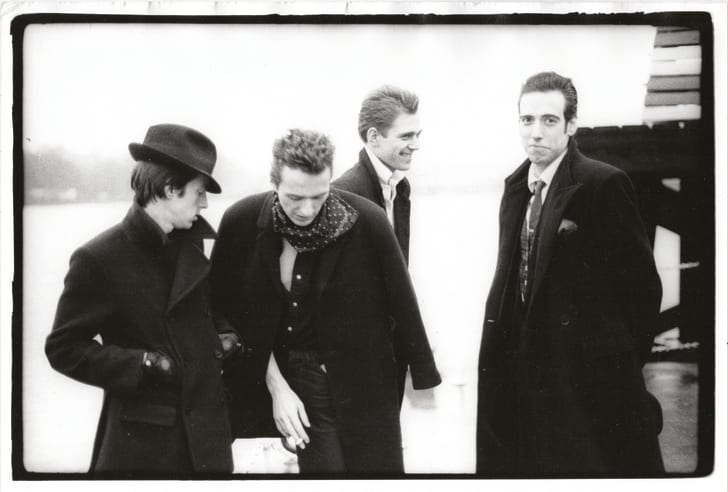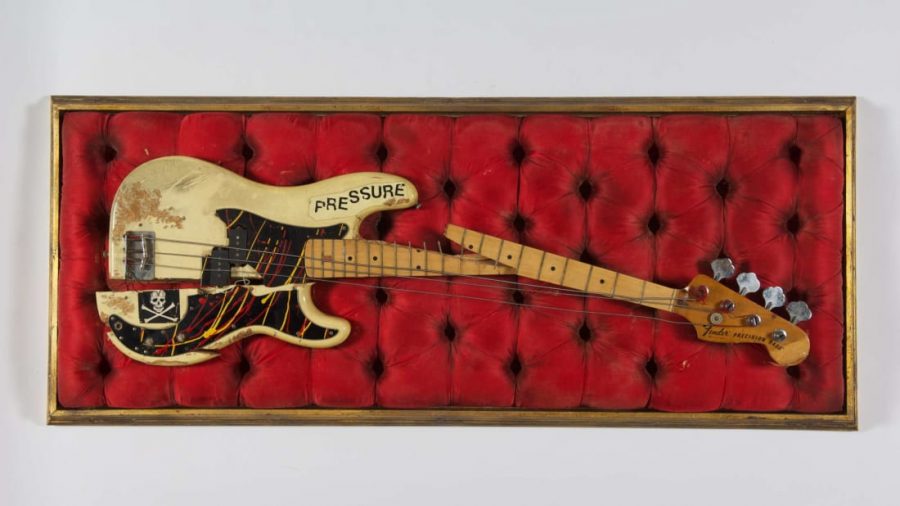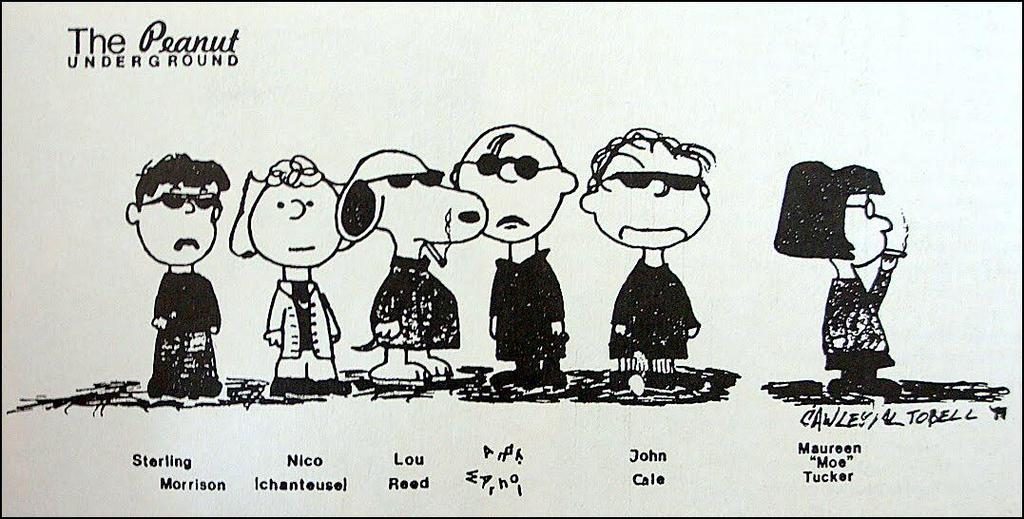It’s time, writes Kim Stanley Robinson in his essay “Dystopia Now,” to put aside the dystopias. We know the future (and the present) can look bleak. “It’s old news now,” and “perhaps it’s self-indulgence to stay stuck in that place any more.” Of course, David Byrne has never been a dystopian artist. Even his catchy deconstructions of the banality of modern life, in “This Must Be the Place,” for example—or Love Lies Here, his disco musical about Imelda Marcos—are filled with empathetic poignancy and an earnest desire to rehumanize contemporary culture.
Still his oblique take on things has always seemed too skewed to call utopian. Lately, however, Byrne has become unambiguously sunny in his outlook, and not in any kind of starry-eyed Pollyannish way. His web project Reasons to Be Cheerful backs up its optimistic title with incisive longform investigative journalism.
His latest stage project, the musical American Utopia, which he performs with a cast of dancers and musicians from around the world, announces its intentions on the sleeves of the matching monochromatic suits its cast wears.
Barefoot and holding their instruments, Byrne and his backup singers, musicians, and dancers march on the “Road to Nowhere” with smiles hinting it might actually lead to someplace good, They perform this song (see them on Jimmy Fallon at the top), and a couple dozen more from Talking Heads and Byrne solo albums, especially last year’s American Utopia. In the course of the show, Byrne “lets his moralist outrage explode” yet “balances it with levity,” writes Stacey Anderson at Pitchfork. “There is a political engine to this performance… with a clearly humming progressive core… but Byrne’s goal is to urge kinder consideration of how we process the stressors of modernity.”
The musical doesn’t simply urge, it enacts, and proclaims, in spoken interludes, the story of an individual who opens up to the wider world. “Here’s a guy who’s basically in his head at the beginning,” Byrne told Rolling Stone. “And then by the end of the show he’s a very different person in a very different place.” The road to utopia, Byrne suggests, takes us toward community and out of isolation. American Utopia’s minimalist production communicates this idea with plenty of polished musicianship—especially from its six drummers working as one—but also a rigorous lack of spectacle. “I think audiences appreciate when nobody’s trying to fool them,” says Byrne.
See several performances from American Utopia, the musical, above, from The Tonight Show Starring Jimmy Fallon, Late Night with Stephen Colbert, and the Hudson Theatre, where it’s currently running. The musical debuted in England last June, causing NME to exclaim it may “just be the best live show of all time.” Its Broadway run has received similar acclaim. Below, see a trailer for the show arriving just in time, The Fader announces in a blurb, to “fight your cynicism.”
Related Content:
David Byrne Creates a Playlist of Eclectic Music for the Holidays: Stream It Free Online
Josh Jones is a writer and musician based in Durham, NC. Follow him at @jdmagness




